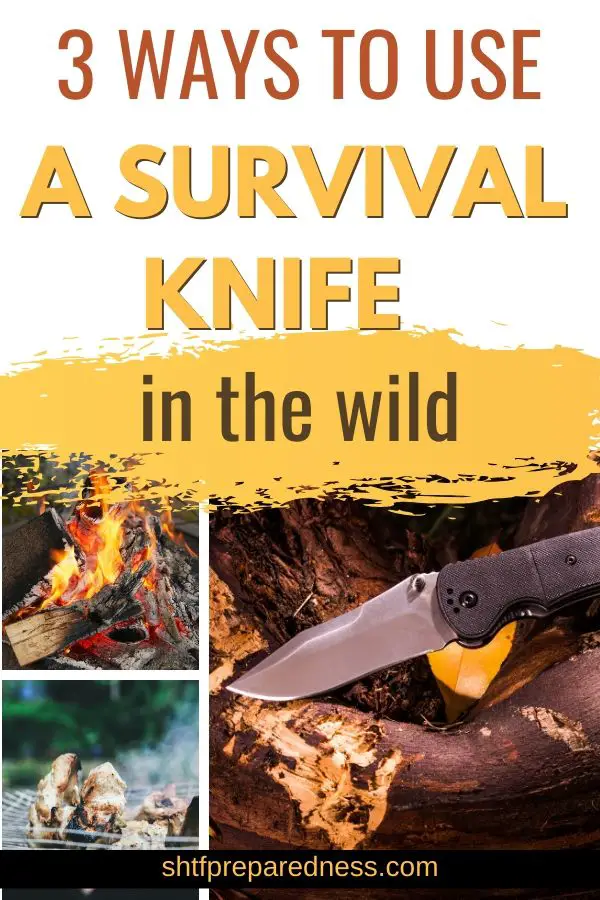SHTFPreparedness may collect a share of sales or other compensation from the links on this page.
The outdoor lifestyle is not for everyone, let’s be honest. This lifestyle requires a little bit of grit and determination.
Taking on the wild with only a survival knife is not for everyone.
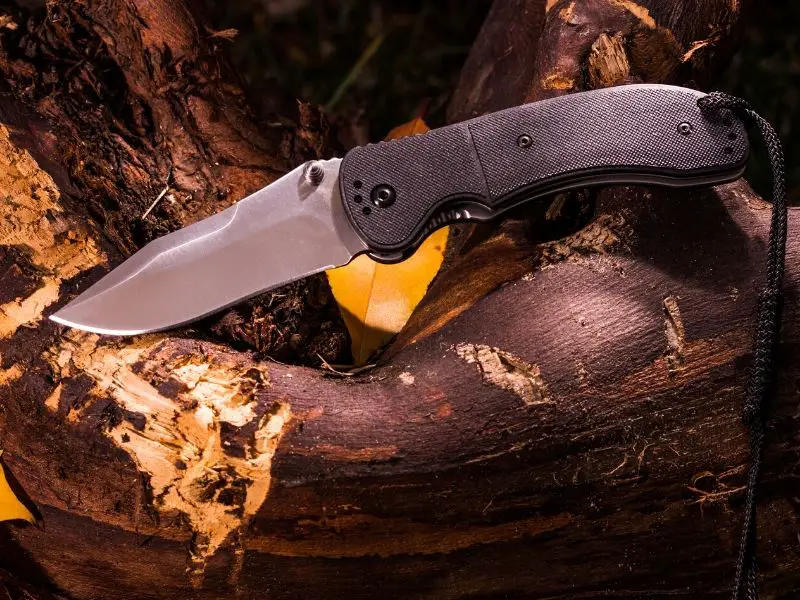
I spend a lot of my free time browsing the web, looking for tips on how to make life in the wild more fun. Easy is not really for me. So, making it a challenge brings out the real character.
I went out for a backpacking trip and I found myself fully kitted. All the important things that you might need for a backpacking trip.
However, I wanted to find out about the importance of having a survival knife and how it could help me out of precarious situations. You might find yourself stranded with only your knife and this is my experience:
How the Survival Knife Helped Me Endure the Wild
Beginners should definitely refrain from doing this, especially if you don’t have a lot of trips under your belt. Nevertheless, the experience is really fun. Taking on the jungle with a knife made me feel like a survival expert.
1. Building Shelter
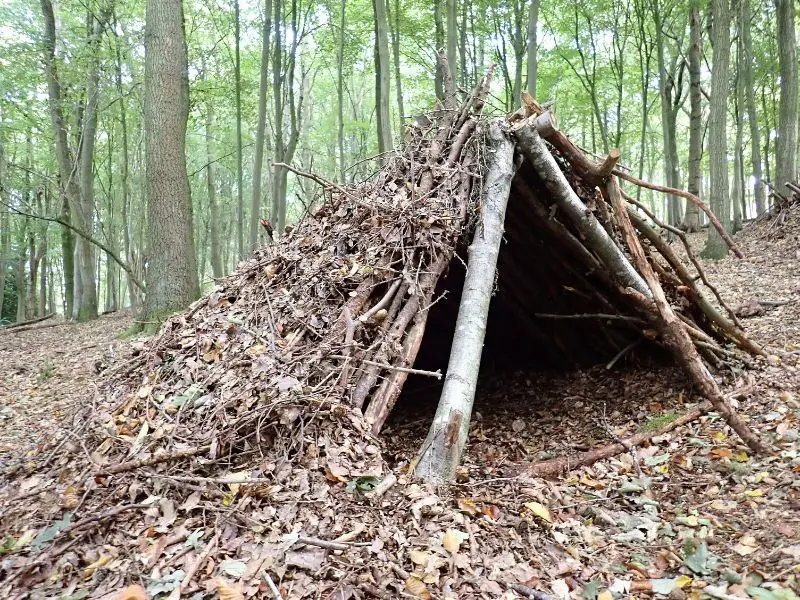
Why would I need to take a tent with me if the jungle provides one? Nature is one of the great providers. And while it might not feel like a luxury, the jungle will give you something to sleep on.
Backpacking in Africa is generally done with a guide. A tent is something you are required to take along, but why not try a night out with a hammock?
The survival knife is extremely helpful in this situation. Carving into the wood was much easier with my knife. Making small notches for tying the hammock was a fundamental part of setting it up.
By using the knife and a heavy piece of rock, the knife almost glided through the wood on the trees, making secure holding spots for the rope.
Next was finding something to cover me during nightfall. Rain can be a problem in the summer months. And nothing can be more frustrating than waking up with wet clothes.
Once again, I turned to my survival knife to help me out of this predicament. Chopping down a couple of branches with leaves was more than enough to place over my small A-Frame and keep me protected for the night.
2. Finding Food
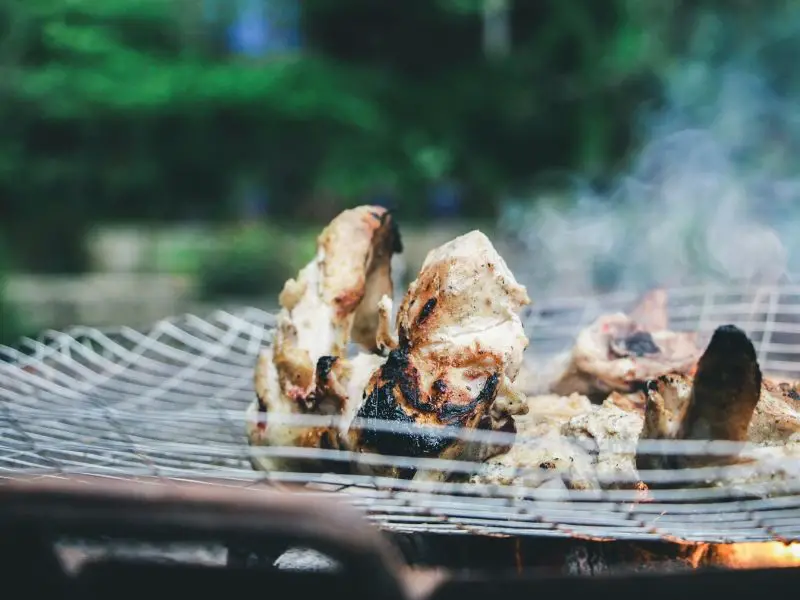
Well, this is where the trouble started. To be honest, I didn’t leave without a couple of canned foods to help me through those tough periods. But the main goal was to rely on myself to find food.
Television shows make it look so easy to snare a hare! I had my opportunity with a small turkey. The problem is, I completely missed it.
Eventually, for the sake of testing the knife, the guide helped me find a small rabbit. The survival knife proved helpful in gutting it.
A gutting or all-around hunting knife would be a much better option for this, but the survival knife is good enough in a pinch.
I managed to get a nice piece of meat and went back to my hammock site to see if I can have it cooked.
3. Fire is Your Best Friend
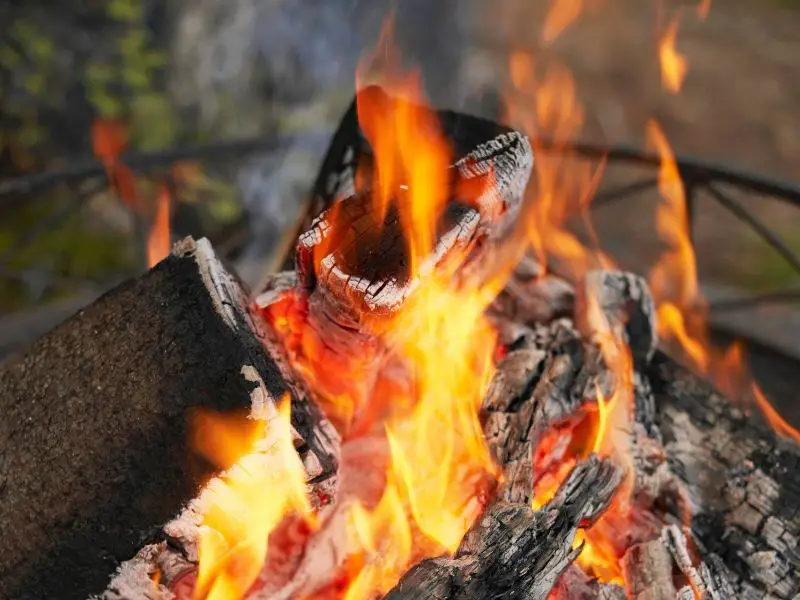
Starting a fire in damp conditions is definitely not an easy task. With everything being wet, you might be in for a little fight.
Fortunately, I could use the knife to chop off a couple of dead branches and with some dead grass, the flint became really helpful. By nursing the ember just a little in the grass, it eventually sparked and the dead branches dried out quite fast.
It might not seem like your average Sunday barbecue, and the fire also needs to be controlled, so I suggest making a small pit, but it works either way.
With a small stick, I managed to string up the rabbit after cleaning and gutting, and I placed a few rocks on each side to ensure it could be left to cook thoroughly.
Overall, the knife might not help you start the fire, but gathering the materials is definitely something it is good for.
Once you find yourself stranded out in the wild, you will see fire as your best friend. Not only will it deter some predators, but it will keep you warm as well.
The fire also helps with boosting your morale and drying out your clothes when you have been caught in the rain. Just be sure to cover the fire once you are done, and check to see if you are allowed to make any fires in the area.
Where Will You Find a Survival Knife Helpful?
- Camping: The survival knife will stand up in camping situations. It can be used for dining as well as finding some wood for your fire. The knife is also versatile, small, and compact and can be carried with real ease.
- Day-to-day: Survival knives are mostly large, but once you find one small enough to carry on you, it can be used as a tool for self-defense as well. While it might not be accepted everywhere you go, it is great if you need to cut through something on the go.
- Hunting: Lastly, the knife can be really helpful in hunting situations. If you love hunting, it can almost replace your hunting knife. Instead of having two, you now need only one. However, a hunting knife remains a much better tool for the job.
Are You Ready to Use Your Survival Knife?
Many might think that my experiment was a total waste of time, and I have too much time on my hands. Even if others think it was a failure, the experience was fun.
The survival knife still stands as an essential part of your kit when journeying outdoors. I would love to hear more about your comments on the survival knife.
